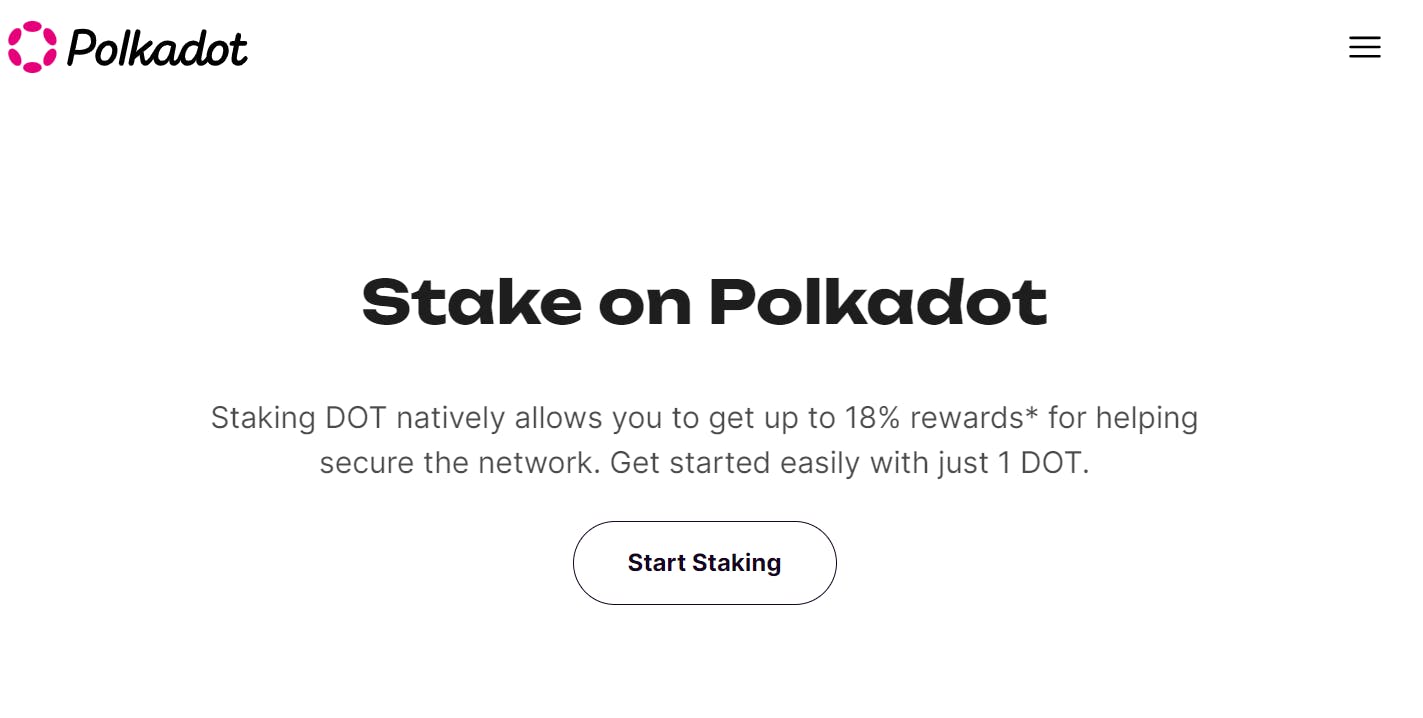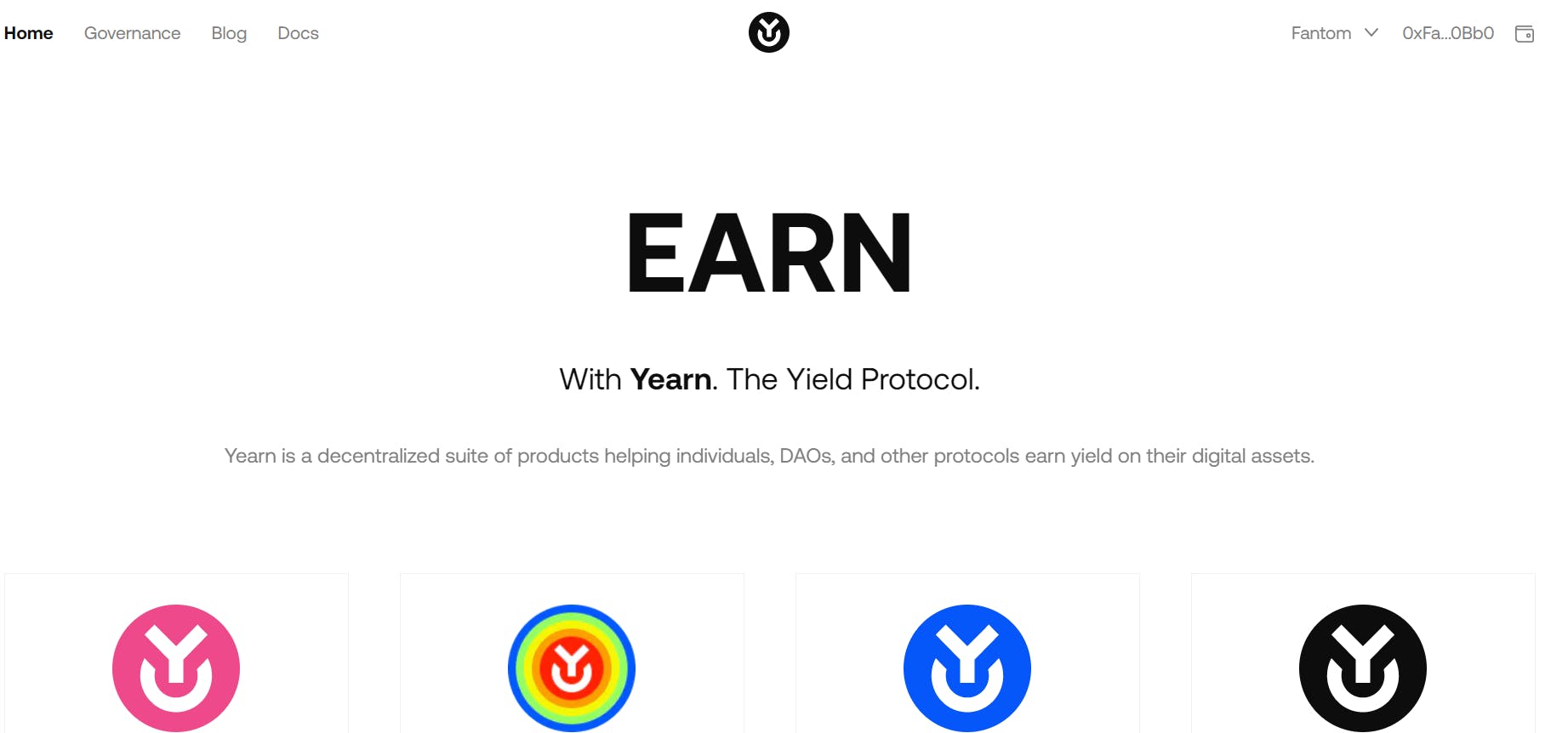Hi, How has your week been? Hope great!
In web3, Staking is a popular jingo. It mostly goes in the same sentence with DeFi(Decentralised Finance) but what is it really and why should anyone be excited by yet another 'fad'? Let's examine it together in this post. Shall we?
First, let's examine the basics; DeFi. So what is Decentralised Finance? In the world we are familiar with, Finance is centralized or regulated. There are mortgage banks, deposit banks, investment banks etc. This is also a central bank usually run by the Government which supervises all these aforementioned banks. So there is always a case of individuals and corporations who use these banks having to go through a set of rules albeit rigid ones to transact their businesses. So in some unsavoury cases, you could have your accounts put on hold or even permanently blocked when some persons in authority do not agree with you on some political issues.
So the coming of DeFi was to make the bank regulator-middleman redundant. A DeFi system consists of DeFi platforms based on Blockchain and specialized applications (dapps). DeFi aims to develop a transparent and independent financial ecosystem without any influence from any regulators, which is why DeFi makes finance available to everyone irrespective of geography and timing.
DeFi Staking is one of the applications of DeFi today. Arguably, it is it's most prominent. This is so due to the emergence of the Proof of Stake concept today in web3. I will discuss what the Proof of Stake(viz a viz Proof of Work) is in another future post.

In a nutshell, DeFi Staking is a type of investing whereby crypto assets are locked into a smart contract in exchange for rewards and for generating passive income. Any crypto asset can be locked or invested and the rewards can be very bewildering. And so are the losses! In any case, just like traditional investing, the cautious one will always get off unscathed.
So what are the different types of DeFi Staking out there?
Native Staking - This is perhaps the basic form of staking where users lock in their assets into one or more selected blockchains. Almost all blockchains offer this simple way of investing your tokens. This makes it possible to reward validators on the blockchains for their work and also provides a means of ROI(Return on Investment) for the stakers. We will use a popular one, Polkadot(DOT) to illustrate what it means to stake natively. https://polkadot.network/features/staking/

On Polkadot, as seen in the screenshot above, an 18% ROI reward is promised and a staker can invest with as little as 1 Dot($6.79 as of today). You can find more about Polkadot here.
Yield Farming - Yield farming, or liquidity farming, is the act of lending or staking your cryptocurrency into a liquidity pool, to receive rewards such as interest and more of your staked cryptocurrency.
Here, there are special-purpose platforms set up to support this sort of DeFi activity. Yield farmers use these platforms to lend, borrow or stake coins to earn interest and a percentage of the revenue generated by the platform. Some also speculate on price volatility. Like regular staking, DeFi yield farming is enabled by smart contracts. A typical Farm will house many liquid pools which can allow you to stake your tokens for any period. All the necessary parameters including APY(Annual percentage yield) are also made available in a transparent manner. The difference between yield farming and staking is that the former collates many investment pools in our place while the latter deals with a single blockchain. Examples of popular yield farms include Yearn and DeFiLama.

Liquidity Mining - Liquidity mining involves the depositing of crypto assets into liquidity pools enabling trading without intermediaries on decentralized exchanges (DEXs). A liquidity pool typically consists of a trading pair, i.e., ETH/DAI, and a miner can choose to stake either asset in the pool, making it easier for traders to enter or exit their positions. It uses an algorithm to ensure that each asset’s value is equal. The pool adjusts the prices dynamically to reflect any trades that may have changed the respective assets’ values.
This system is based on liquidity providers making liquidity pools available for their assets. They may be eligible for financial incentives such as a portion of the pool’s fees. So liquidity mining is a slightly specialised form of yield farming in that it always deals with crypto asset pairs whereas for the latter, spreading and locking up your crypto assets in a general form is the norm.

So what are the risks of investing in DeFi schemes?
Impermanent Loss - This is a common pitfall to look at especially with yield farming. It is very possible for you to deposit your tokens in a pool at a particular price and moments later, the price changes with immediate losses recorded. Therefore most times due to the high volatility in the crypto space, impermanent losses are a scenario that has a good chance of occurring with DeFi and it is now left to you the investor to hedge your risks very carefully before plunging in.
High Gas Prices - One of the drawbacks to executing transactions is the high price of gas. Gas, in this case, refers to Ethereum and this is inevitable going by the fact that Ethereum powers the majority of transactions in the web3 space. However, there is some hope that with further investment in layer 2 solutions(a future article is promised on this), this can be drastically ameliorated in the near future.
So where do we go from here? I have actually scratched the surface with this article. There are so much happening in the DeFi space but I hope that this serves to whet your appetite and perhaps get you to jump in and do more research in this ever dynamic field.
It is a very volatile space but the cautious one will not be hurt. It would necessitate a deep studying of the industry and you would know when best to enter and exit without burning your fingers. Just like with every facet of life, caution is the watchword.
So this is a wrap! Next week, I will look into another interesting area in web3 and dish it out with the best of my ability. Take care till then!

